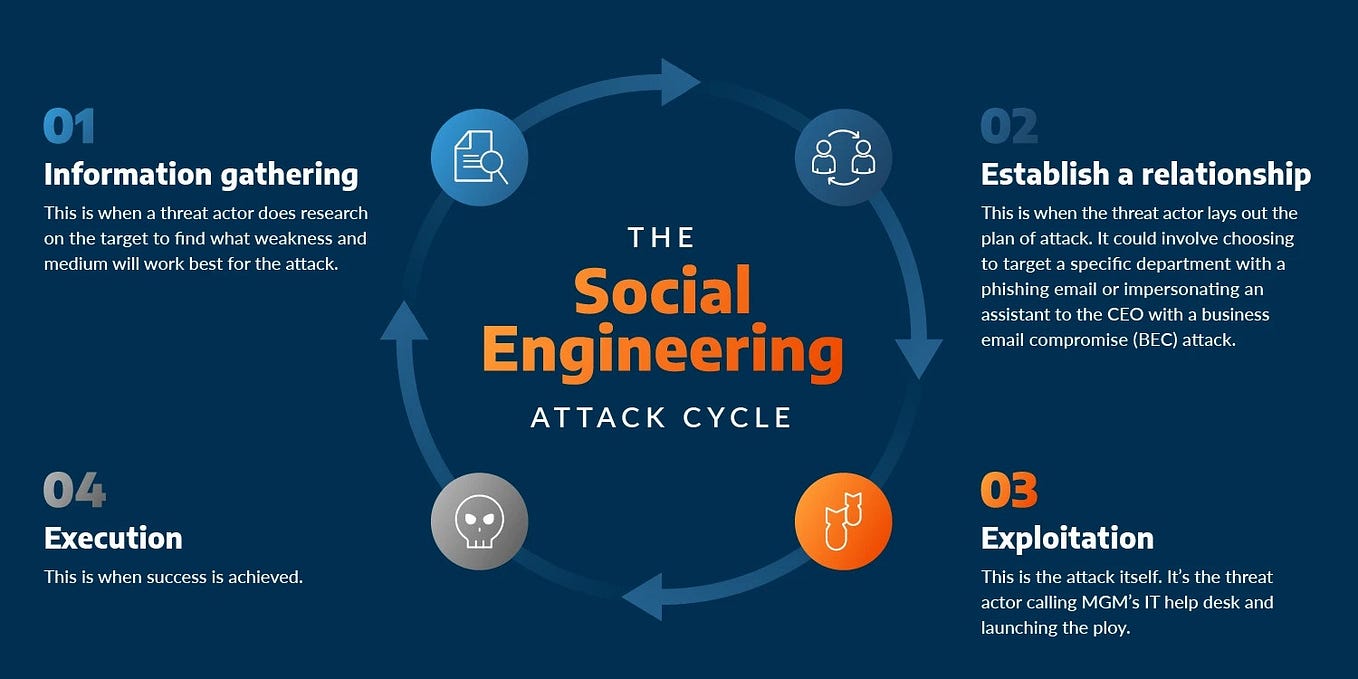AI-powered crypto scams represent the most sophisticated threat facing digital asset investors today, combining artificial intelligence with traditional fraud tactics to create nearly undetectable schemes. These advanced scams have already cost investors over $4.6 billion globally, with losses increasing by 45% annually. As artificial intelligence technology becomes more accessible, cybercriminals are leveraging machine learning, deepfakes, and automated systems to orchestrate elaborate cryptocurrency frauds that can bypass traditional security measures and deceive even experienced investors.
What Are AI-Powered Crypto Scams?
AI-powered crypto scams are fraudulent schemes that utilise artificial intelligence technologies to deceive cryptocurrency investors and steal digital assets. Unlike traditional scams that rely solely on social engineering, these sophisticated attacks incorporate machine learning algorithms, natural language processing, deepfake technology, and automated systems to create highly convincing fraudulent operations.
The Evolution of Cryptocurrency Fraud
Cryptocurrency fraud has evolved dramatically since Bitcoin’s inception. Early scams were relatively simple—fake exchanges, Ponzi schemes, and phishing emails with obvious red flags. Today’s AI-powered crypto scams represent a quantum leap in sophistication, utilising cutting-edge technology to:
- Generate realistic fake identities and personas
- Create convincing deepfake videos of celebrities and industry leaders
- Automate personalised scam communications at scale
- Analyse victim behaviour patterns, optimise attack strategies
- Bypass traditional security systems using adaptive algorithms
Why AI Makes Crypto Scams More Dangerous
Artificial intelligence amplifies traditional scam tactics in several critical ways. Machine learning algorithms can analyse millions of data points to identify vulnerable targets, while natural language processing creates personalised messages that resonate with specific victims. Cryptocurrency fraud powered by AI operates 24/7, adapting in real-time to victim responses and security countermeasures, making these scams exponentially more dangerous than their predecessors.
How AI-Powered Crypto Scams Work
Understanding the mechanics behind AI-powered crypto scams is essential for protection. These sophisticated operations employ multiple AI technologies working in concert to create seemingly legitimate investment opportunities.
Deepfake Technology in Crypto Scams
Deepfake scams have become the most visually convincing form of cryptocurrency fraud. Using generative adversarial networks (GANs), scammers create realistic video and audio content featuring celebrities, crypto influencers, or industry executives promoting fraudulent investment schemes.
These deepfakes appear in:
- Fake live streams on YouTube and social media platforms
- Fabricated interview clips with legitimate news outlets
- Counterfeit video testimonials from supposed investors
- Synthetic voice recordings for phone scams
The technology has advanced to the point where even experts struggle to distinguish authentic content from AI-generated fakes without specialised forensic tools.
AI-Generated Phishing and Social Engineering
Modern AI scams utilise natural language processing to craft hyper-personalised phishing messages. These systems analyse victims’ social media profiles, online behaviour, and communication patterns to generate messages that appear genuinely personal.
Key characteristics include:
- Context-aware messaging that references recent activities
- Language patterns matching the victim’s communication style
- Emotional manipulation calibrated to individual psychological profiles
- Perfect grammar localisation for any target demographic
Automated Trading Bots and Fake Platforms
Sophisticated scammers deploy AI-powered fake trading platforms that simulate legitimate cryptocurrency exchanges. These platforms use machine learning algorithms to:
- Display realistic market movements and trading activity
- Generate fake profit reports to build victim confidence
- Gradually increase suggested investment amounts
- Create urgency through algorithmic price manipulation alerts
The AI-driven scams behind these platforms can manage thousands of victims simultaneously, automatically adjusting strategies based on user engagement metrics.
AI-Powered Pump-and-Dump Schemes
Traditional pump-and-dump schemes have been supercharged with artificial intelligence. Machine learning algorithms coordinate across multiple social media platforms, creating artificial hype around worthless tokens. These systems:
- Generate thousands of fake social media accounts
- Produce convincing technical analysis and price predictions
- Coordinate timing across platforms for maximum impact
- Automatically identify and target susceptible investors
Synthetic Identity Creation
AI-powered crypto scams employ sophisticated identity synthesis to create entire fake personas, complete with:
- AI-generated profile photos that don’t correspond to real people
- Consistent backstories generated through language models
- Automated social media activity spanning months or years
- Fabricated credentials and professional histories
These synthetic identities can pass basic verification checks, making them extremely difficult to identify as fraudulent.
Common Types of AI-Powered Crypto Scams
Investment Platform Scams
Fraudulent investment platforms represent the most financially damaging category of AI-powered crypto scams. These sophisticated operations create entire ecosystems of fake cryptocurrency exchanges, complete with:
- Professional website designs generated using AI tools
- Real-time price feeds and trading interfaces
- Customer support chatbots powered by advanced language models
- Fabricated user testimonials and success stories
Victims deposit cryptocurrency believing they’re investing in legitimate platforms, only to discover withdrawal requests are denied or the entire platform disappears.
Celebrity Endorsement Deepfakes
Deepfake scams featuring well-known figures have become increasingly prevalent. Scammers create convincing videos of Elon Musk, Bill Gates, or prominent crypto influencers promoting fake cryptocurrency giveaways or investment opportunities. These videos often appear during legitimate live streams through compromised accounts, lending additional credibility.
Romance and Relationship Scams
AI has revolutionised romance scams in the crypto space. Scammers use chatbots powered by large language models to maintain convincing romantic relationships with multiple victims simultaneously. These AI systems:
- Adapt conversation styles to match victim preferences
- Remember details from previous conversations
- Generate appropriate emotional responses
- Gradually introduce cryptocurrency investment opportunities
The automation allows scammers to operate hundreds of simultaneous romance scams, dramatically increasing their reach.
Fake ICO and Token Launch Scams
Initial Coin Offerings (ICOs) and new token launches remain prime targets for AI-powered crypto scams. Scammers leverage AI to:
- Generate comprehensive whitepapers using language models
- Create fake development teams with synthetic identities
- Produce roadmaps and technical documentation
- Build automated community engagement on social platforms
- Simulate early investor interest and token demand
Malicious AI Trading Assistants
Fraudulent AI trading bots and assistants promise automated cryptocurrency profits through advanced algorithms. Victims pay subscription fees or deposit funds for AI-managed trading, but these systems either:
- Execute intentionally poor trades to deplete accounts
- Never actually trade, simply displaying fake profit reports
- Charge excessive fees while delivering minimal or negative returns
Warning Signs of AI-Powered Crypto Scams
Recognising AI-powered crypto scams requires understanding their distinctive characteristics and red flags.
Too-Good-to-Be-True Promises
The fundamental rule remains valid: if returns seem impossibly high, they probably are. AI scams often promise:
- Guaranteed returns of 10-50% monthly
- Zero-risk investment opportunities
- Exclusive access to revolutionary AI trading algorithms
- Celebrity-backed investment opportunities
Pressure Tactics and Artificial Urgency
Cryptocurrency fraud operations employ psychological manipulation, often creating artificial urgency through:
- Limited-time investment opportunities
- Countdown timers on fake platforms
- Claims of exclusive access for select investors
- Fear-based messaging about missing opportunities
Unverifiable Credentials and Teams
Legitimate cryptocurrency projects have verifiable teams with authentic professional histories. AI-powered crypto scams typically feature:
- Team members whose identities can’t be confirmed
- Stock photos or AI-generated profile images
- Vague professional backgrounds
- No verifiable presence on LinkedIn or professional platforms
Suspicious Communication Patterns
Despite advanced natural language processing, AI-driven scams often exhibit subtle anomalies:
- Slightly off-contextual responses in conversations
- Reluctance to engage in video calls
- Pattern repetition in communication
- Generic responses to specific technical questions
Unrealistic Technical Claims
Scammers often make technical claims that sound impressive but are technically impossible or improbable:
- AI algorithms that guarantee market predictions
- Blockchain technology that eliminates all risk
- Proprietary systems that outperform established platforms
- Technical jargon without substantive explanation
How to Protect Yourself from AI-Powered Crypto Scams
Verify Everything Independently
Protection against AI-powered crypto scams begins with rigorous verification. Never trust information from a single source. Cross-reference all claims through:
- Official company websites accessed through direct URL entry
- Multiple reputable news sources
- Blockchain explorers for on-chain verification
- Professional crypto research platforms
- Regulatory databases and licensing registries
Use Multi-Factor Authentication
Implement robust crypto security measures, including:
- Hardware security keys for Exchange accounts
- Authenticator apps rather than SMS-based 2FA
- Unique passwords for every platform
- Password managers to maintain complex credentials
- Regular security audits of all accounts
Conduct Reverse Image Searches
Combat synthetic identity creation by:
- Running reverse image searches on profile photos
- Checking for AI-generated image artifacts
- Verifying team member photos across multiple platforms
- Using specialised AI detection tools
Recognise Deepfake Red Flags
While deepfake scams continue improving, current technology often exhibits:
- Unnatural blinking patterns or lack of blinking
- Lighting inconsistencies between the subject and the background
- Audio-video synchronisation issues
- Unusual facial movements or expressions
- Artifacts around hairlines and facial edges
Implement Cold Storage Solutions
Protect digital assets through proper storage strategies:
- Hardware wallets for long-term holdings
- Multi-signature wallets for large amounts
- Paper wallets stored in secure physical locations
- Minimal funds on exchanges or hot wallets
Stay Informed About Latest Tactics
AI-powered crypto scams evolve rapidly. Maintain awareness through:
- Following reputable crypto security researchers
- Joining legitimate cryptocurrency communities
- Reading security bulletins from exchanges
- Attending webinars on crypto fraud prevention
- Subscribing to blockchain security newsletters
Practice Healthy Scepticism
Develop a sceptical mindset toward unsolicited cryptocurrency opportunities:
- Question all investment offers, especially unsolicited ones
- Research extensively before investing
- Consult with independent financial advisors
- Start with minimal amounts when testing new platforms
- Trust your instincts when something feels wrong
What to Do If You’ve Been Scammed
Immediate Actions
If you’ve fallen victim to AI-powered crypto scams:
- Stop all communication with the scammers immediately
- Document everything: save messages, transactions, screenshots, and communications
- Report to your exchange if transactions occurred through legitimate platforms
- Change all passwords and security credentials
- Enable additional security measures on all accounts
- Monitor your accounts for unauthorised activity
Reporting Cryptocurrency Fraud
Report cryptocurrency fraud to the appropriate authorities:
- Federal Trade Commission (FTC) at ReportFraud.ftc.gov
- FBI’s Internet Crime Complaint Centre (IC3) at ic3.gov
- Commodity Futures Trading Commission (CFTC) for trading-related fraud
- Securities and Exchange Commission (SEC) for investment scams
- Local law enforcement with documentation
Recovery Options
While recovering funds from crypto scams is challenging, explore:
- Blockchain forensics services that trace stolen funds
- Legal consultation for potential recovery actions
- Exchange cooperation if funds are moved through traceable platforms
- Community support groups for victim resources
The Future of AI-Powered Crypto Scams
Emerging Threats
The landscape of AI-powered crypto scams continues evolving with:
- More sophisticated deepfake technology requires forensic analysis
- Advanced AI that passes Turing tests in conversations
- Quantum computing threats to current encryption
- Cross-platform coordinated attacks using multiple AI systems
- Integration with augmented and virtual reality environments
Defensive Technology Development
The crypto security industry is responding with:
- AI-powered fraud detection systems
- Blockchain forensics advancement
- Biometric verification improvements
- Decentralised identity solutions
- Real-time deepfake detection tools
Conclusion
AI-powered crypto scams represent the most sophisticated threat in the cryptocurrency ecosystem, combining artificial intelligence with traditional fraud tactics to create nearly undetectable schemes. These scams have evolved far beyond simple phishing emails, now incorporating deepfake technology, synthetic identities, and machine learning algorithms that adapt to victim behaviour in real-time.
Protection requires a multi-layered approach: verify all information independently, implement robust security measures, recognise warning signs, and maintain healthy scepticism toward unsolicited investment opportunities. Remember that legitimate cryptocurrency projects never guarantee returns, pressure immediate action, or require you to send funds to “verify” your account.





